
table of contents
- Recognize plant
- species
- Toxicity
- Symptoms of intoxication
- Animal poisoning
- First aid measures
- prevention
Indoor plants are at home in almost every household. Of the Ornamental asparagus is widespread, but only those at least are sufficiently informed about the asparagus plant. The plant expert has important details, especially regarding toxicity, ready for you.
Indoor plants bind pollutants in the room air and can freshen up the room climate, such as the popular indoor asparagus (Asparagus). But negative aspects accompany numerous plants that can have health consequences for humans and animals. In the following you will find out whether and / or to what extent the ornamental asparagus is poisonous and other important details about the houseplant and various rules of conduct.
Recognize plant
House plants are often bought or given as a gift without knowing exactly which flower it is. In some cases the plant name is omitted and / or there is simply a lack of detailed knowledge. With regard to poisonous plants, this can have fatal health consequences for humans and animals. For this reason, you should know how you can recognize ornamental asparagus as a houseplant.
Here are the most important features:
- delicate foliage
- branched crown depending on the species
- False leaves with a knot arrangement of up to five leaves each
- thorny leaf spur, sometimes fern-like
- small, inconspicuous and fragrant as well as grape-shaped flowers
- small, spherical berries in red, orange or purple
- bulbous root
- Subshrub and as a traffic light tendril with drooping shoots available
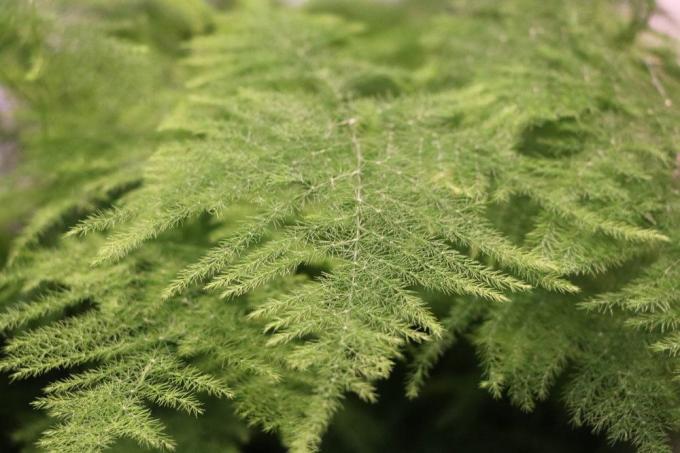
species
Ornamental asparagus species
Only ornamental asparagus species can be used as houseplant all year round. These are in contrast to the vegetable plants.
The most common indoor asparagus plants include:
- Asparagus densiflorus sprengeri
- Asparagus densiflorus meyeri
- Asparagus falcatus (sickle thorn asparagus)
- Asparagus setaceus (feathered asparagus)
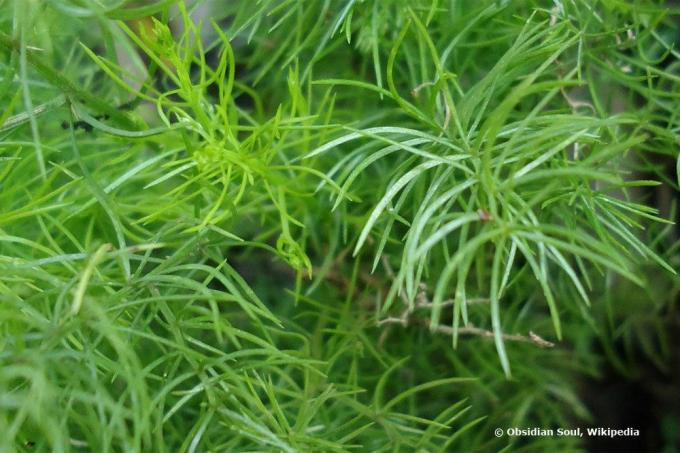
Toxicity
Contrary to some claims, ornamental asparagus is only partially poisonous. It is officially one of the poisonous houseplants, but that only applies to it during or after the flowering season. This is where the berries develop. And only these are poisonous. The leaves or stems of the asparagus, on the other hand, are not poisonous. This means that the toxicity period is limited to the duration of the berry growth. However, the toxicity potential should not be underestimated, because contact can cause poisoning in humans and animals.

Symptoms of intoxication
These can be noticeable in different ways or they can be completely absent. As a rule, these are only expressed in a minor way in the event of pure contact, whereby the consumption of the berries can have significantly more side effects. This does not necessarily have to be the case for you, but especially for small children, older people, Allergy sufferers and small animals, the chances of poisoning are significantly higher than with an adult, healthy person. The typical signs of poisoning from the ornamental asparagus berries include the following.
- headache
- Nausea and vomiting
- Gastrointestinal disorders
- Dizziness
- stomach pain
- general malaise
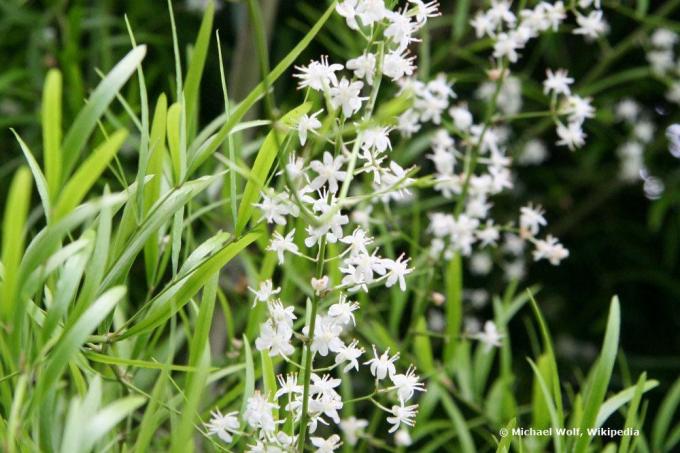
Animal poisoning
The berries of the Asparagus houseplant can in some cases be fatal for animals in particular, because they usually nibble on them or even eat them completely. Cats are usually fascinated by playing with the berries. A claw quickly lands in the flesh of the berries and the subsequent licking causes the toxins to enter the body. Dogs are more likely to nibble at a plant and intentionally or unintentionally gobble the berries.
For pets such as guinea pigs, hamsters or rabbits, green fodder is part of the daily diet, and they also do not stop at the berries of ornamental asparagus. In principle, the following applies here: the more the animals have eaten in relation to their body size / weight, the more dangerous the symptoms of poisoning can be. In the worst case, these can also lead to death.
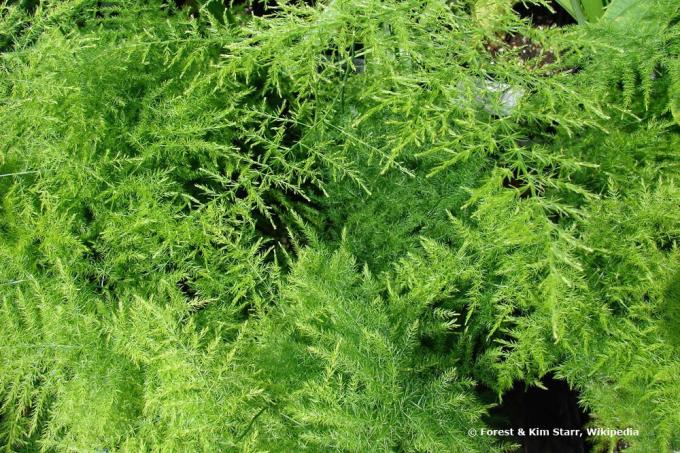
First aid measures
As soon as you are with yourself, another person who may have had contact with the ornamental asparagus berries or one of your pets Perceive possible symptoms of poisoning as mentioned above, you should immediately see a doctor or veterinarian consult. If you don't know the amount that the victim or pet came into contact with, try to find out be able to bring or at least assess, because this information is necessary for the doctor in order to initiate appropriate countermeasures can. If in doubt, you can get helpful information from the Poisoning Information Center.
TIP: Do not give milk, even if your neighbor might think that this is THE recipe against poisoning, as it is widely spread. The fat in milk can make toxins more soluble, so they get into the bloodstream faster, where they can do more damage.
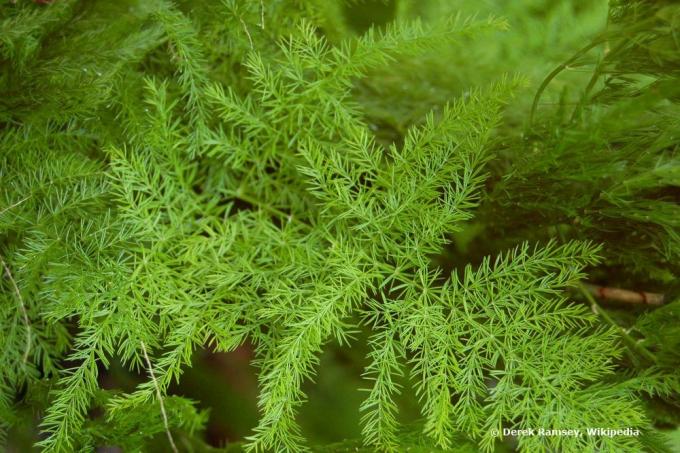
prevention
In order to effectively prevent possible poisoning, you do not have to do without buying ornamental asparagus as a houseplant. A few rules of conduct and preparations minimize the risk of poisoning to zero.
- do not know whether it is ornamental asparagus, seek help from a specialist shop or a gardener
- Always wear gloves for all maintenance activities
- in the event of skin contact, wash the affected area thoroughly with soap immediately
- Cut the berries
- do not put berries or other parts of plants in your mouth
- Do not place the plant in children's rooms or within easy reach of small children
- Diluted lemon juice or lemon peel in the pot keep dogs and other small animals away from the plant
- There are special repellants for animals in pet shops, such as spray solutions with unsavory bitter substances
